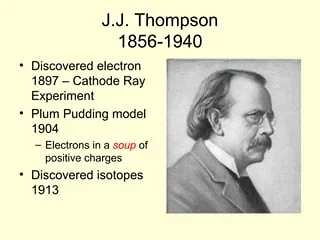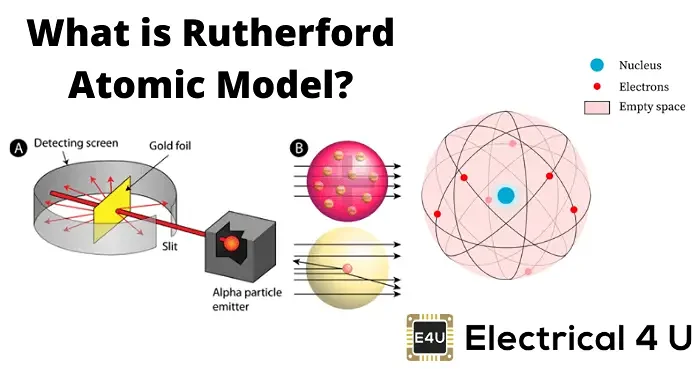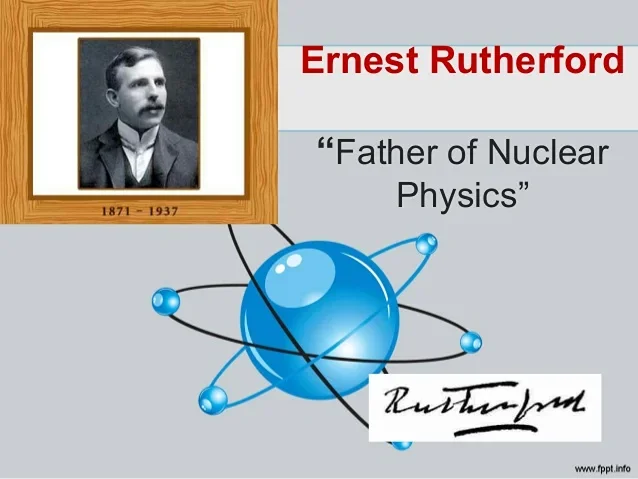Democritus (~450 BC)
- Proposed that all matter is made up of small, indivisible particles called "atomos."
The history of atomic theory is a fascinating journey that spans over two millennia. Here's a concise timeline of key milestones in the development of atomic theory.
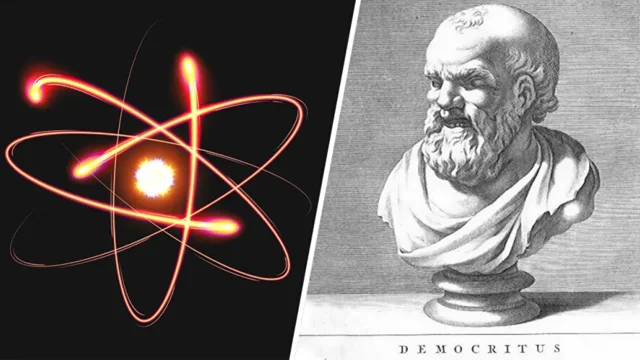
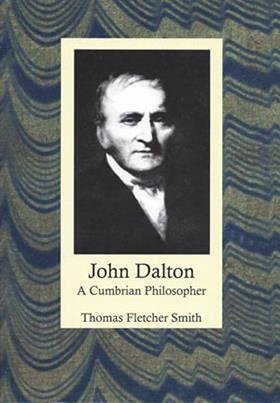
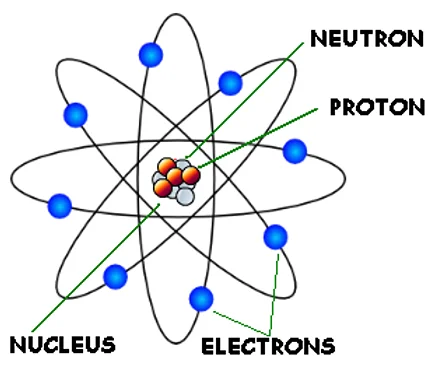
John Dalton (1803)
